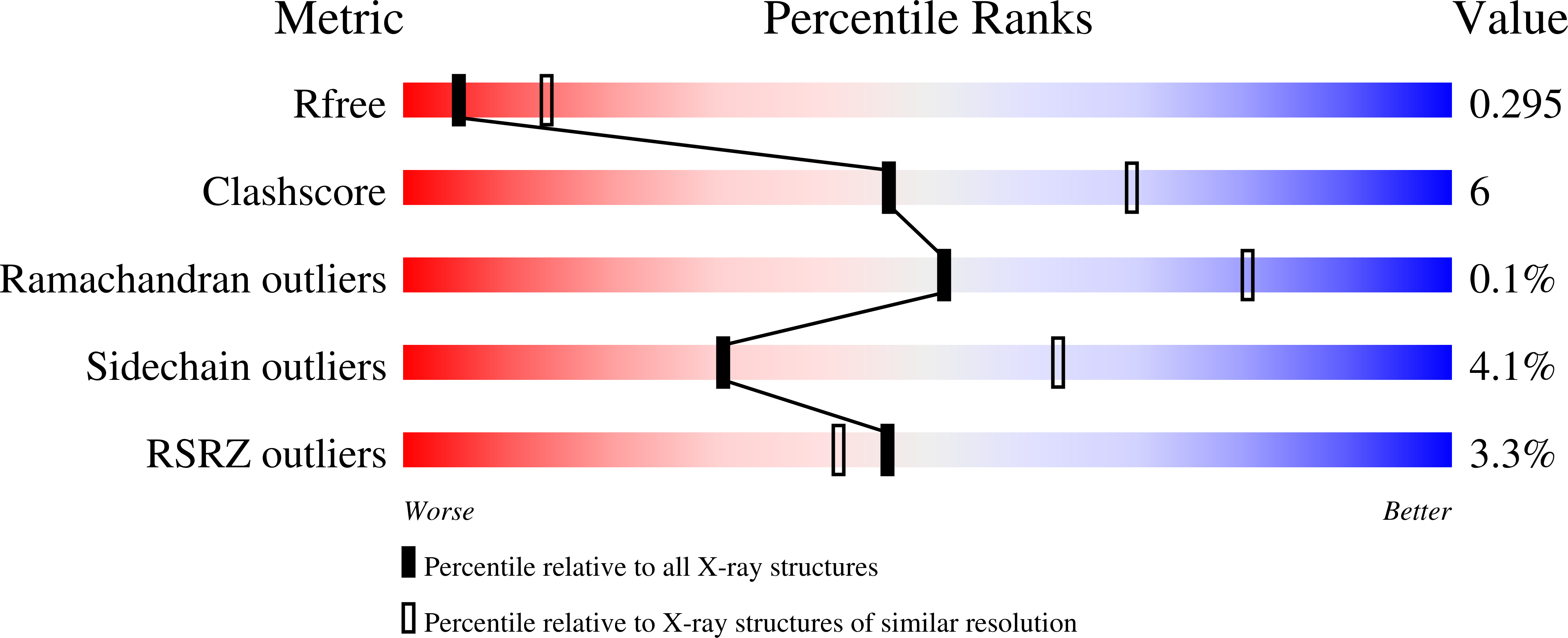
Deposition Date
2023-04-07
Release Date
2024-07-03
Last Version Date
2025-01-15
Entry Detail
Biological Source:
Source Organism:
Homo sapiens (Taxon ID: 9606)
Ecballium elaterium (Taxon ID: 3679)
Ecballium elaterium (Taxon ID: 3679)
Host Organism:
Method Details:
Experimental Method:
Resolution:
2.87 Å
R-Value Free:
0.29
R-Value Work:
0.27
R-Value Observed:
0.27
Space Group:
P 21 21 21


